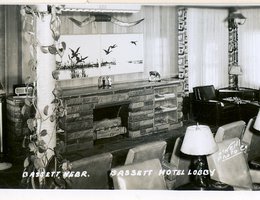

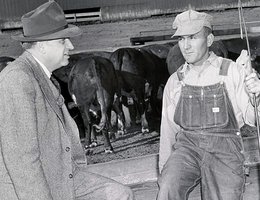
When World War II ended, President Harry Truman and his administration worked to keep government control over the post-war economy. This included maintaining price controls on beef. When the Office of Price Administration was finally dismantled in 1946, prices exploded. Money for beef started to flow freely in Nebraska’s economic pipeline.
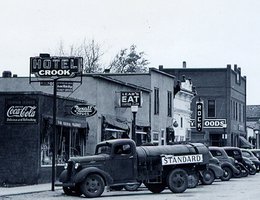
According to the History of Nebraska, the average value of Nebraska cattle, per head, in 1946 was 72 dollars. After that, the price jumped almost every year until it reached $184 per head in 1952, a price hike of over two and a half times as much.
To see the impact of those numbers on the state, we need to look at the total number of cattle produced and their total value. According to the Nebraska Blue Book, in 1946, Nebraska produced about 4 million head of cattle, and in 1952, it produced just a little over 500 thousand more. But the value of those cattle rose from just under 300 million dollars in 1946 to a staggering almost 842 million dollars in 1952!
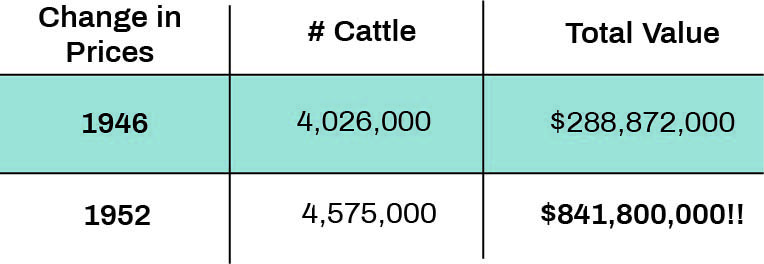
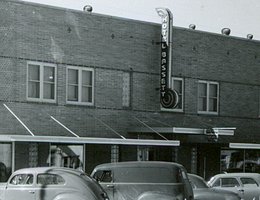

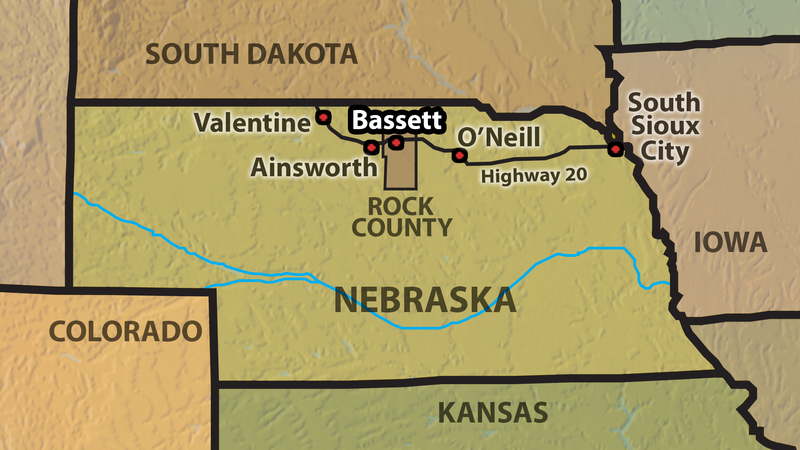
So what did that mean? Let’s look at the town of Bassett, Nebraska. Bassett is in the northern grasslands of Rock County on Highway 20. Bassett has an important local sale barn, and some of its sales became national guides for forecasting trends in beef prices. While people were in town for the sales, the town’s population would often double, and sometimes triple!
When price controls lifted, you could see the resulting prosperity all over town. In 1949, the Bassett Lodge and Range Café, now listed on the National Register of Historic Places, opened. It was a graceful structure that blended ranch and Art Moderne architectural styles and spoke of the town’s growing prosperity.
That year, and on in to 1950, Bassett saw a new lumber yard (built in the same Art Moderne style), a new implement (farm equipment) dealership, and new Ford and Chevrolet dealerships. The town also acquired a new fire truck. Within the next six years, Bassett would add a new municipal swimming pool, a new grade school, and a new country club and golf course.
Bassett was not alone. Many communities in cattle country saw their prosperity grow. And it made sense. As ranchers made more money, they bought new cars, new trucks, and new equipment. It was this post-war burst that fueled the state’s economy for nearly two decades.
